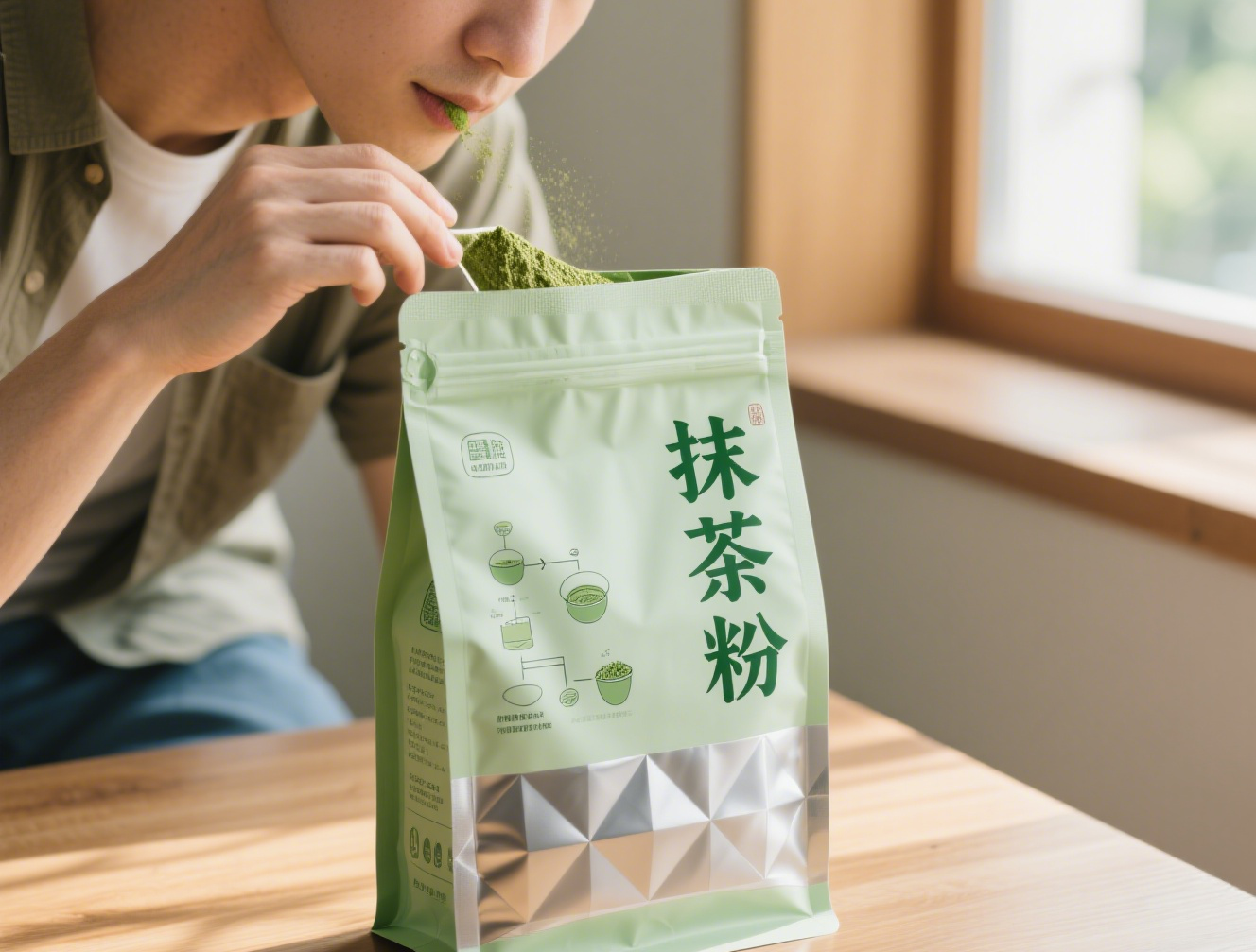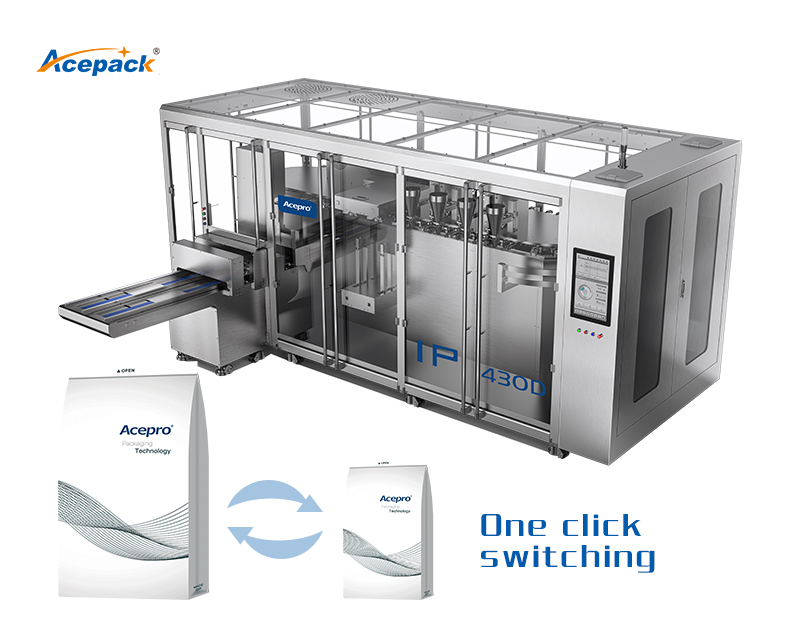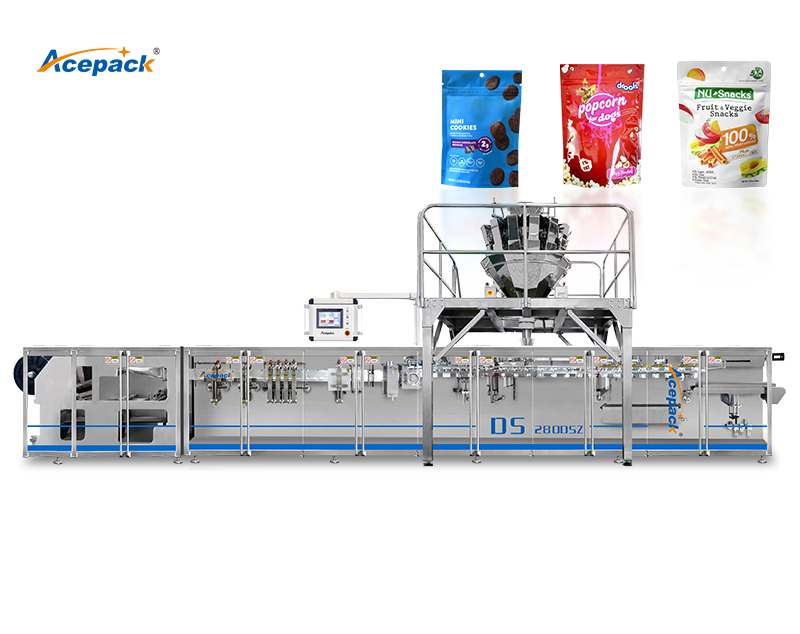In the world of food production, packaging plays a crucial role in maintaining product quality, extending shelf life, and enhancing brand appeal. For businesses involved in the production of matcha powder, selecting the right packaging machine is essential. This article will guide you through the key considerations when choosing a matcha powder packaging machine, ensuring that your product is packaged efficiently and effectively.
Understanding Matcha Powder Packaging
Matcha powder, a finely ground green tea, is sensitive to light, moisture, and air. Therefore, the packaging process must protect the powder from these elements to preserve its vibrant color, flavor, and nutritional benefits. A suitable packaging machine should not only provide a barrier against external factors but also ensure that the packaging process is efficient and cost-effective.

Key Considerations When Choosing a Matcha Powder Packaging Machine
1. Type of Packaging
The first step in selecting a matcha powder packaging machine is to determine the type of packaging you want to use. Common options include:
- Pouches: Flexible pouches are popular for matcha powder due to their lightweight nature and ability to be sealed tightly. They can be made from various materials, including foil, which provides excellent barrier properties.
- Bottles or Jars: Rigid containers can also be used for matcha powder, especially for premium products. These containers can be made from glass or plastic and often come with airtight seals.
- Bulk Packaging: For businesses that sell matcha powder in larger quantities, bulk packaging options such as bags or boxes may be more suitable.
Once you have decided on the type of packaging, you can narrow down your options for packaging machines.

2. Machine Capacity
Consider the production volume of your matcha powder. The capacity of the packaging machine should align with your production needs. If you are a small business or just starting, a machine with a lower capacity may suffice. However, if you anticipate high demand, investing in a machine with a higher capacity will save you time and labor costs in the long run.
3. Automation Level
Packaging machines come in various levels of automation, from manual to fully automated systems.
- Manual Machines: These require more labor but are often more affordable. They are suitable for small-scale operations or businesses just starting.
- Semi-Automatic Machines: These machines require some manual input but automate certain processes, such as sealing and cutting. They are a good middle ground for growing businesses.
- Fully Automatic Machines: These machines handle the entire packaging process with minimal human intervention. They are ideal for large-scale operations and can significantly increase efficiency.

4. Sealing Technology
The sealing method is critical for matcha powder packaging. The right sealing technology will ensure that the packaging is airtight, preventing moisture and air from degrading the product. Common sealing methods include:
- Heat Sealing: This method uses heat to bond the packaging material, creating a strong seal. It is widely used for flexible pouches.
- Cold Sealing: This method uses pressure to seal the packaging without heat, which can be beneficial for heat-sensitive products.
- Vacuum Sealing: This method removes air from the packaging before sealing, providing an extra layer of protection against oxidation.
5. Material Compatibility
Ensure that the packaging machine is compatible with the materials you plan to use. Different machines are designed to work with specific types of materials, such as plastic, foil, or paper. The right machine will ensure that the packaging process runs smoothly and that the final product meets quality standards.
6. Ease of Use and Maintenance
Choose a machine that is user-friendly and easy to maintain. A complicated machine can lead to increased downtime and higher labor costs. Look for machines with intuitive controls and easy access for cleaning and maintenance. Additionally, consider the availability of customer support and spare parts from the manufacturer.
7. Cost and Budget
Finally, consider your budget. Packaging machines can vary significantly in price, depending on their features and capabilities. While it may be tempting to choose the cheapest option, it is essential to balance cost with quality and efficiency. Investing in a reliable machine can lead to long-term savings and improved product quality.
Conclusion
Choosing the right matcha powder packaging machine is a critical decision that can impact your product’s quality, shelf life, and overall success in the market. By considering factors such as packaging type, machine capacity, automation level, sealing technology, material compatibility, ease of use, and budget, you can make an informed choice that meets your business needs. With the right packaging machine, you can ensure that your matcha powder remains fresh and appealing to consumers, helping your brand thrive in a competitive market.






